Hair Care Actives Decoded: From Beginner Basics to Expert Ayurvedic Solutions
| Authored by: Sanjana Tharwani |
| Reviewed by: Kapil Dhameja |
| Estimated Reading Time: 5 minutes |
Did you hear about those thieves who looted jewellery worth crores from the Louvre recently? You know what I'd loot (for legal reasons; this is for pretence only)? A whole shelf – actually, a whole aisle, maybe even the factory of hair care actives. Wait, what even are hair care actives??? Confused? I know, I know. Hair care isn’t as simple as it once used to be.
Let’s start from the beginning.
Now, I don’t know much about planning a heist, but I do own a museum. My bathroom shelf, aka the museum of failed hair care experiments. It’s shelves upon shelves full of products that claim to be “miracle” serums, oils that promise growth but deliver greasiness, and so on. Please tell me I’m not alone?
Anyway, we were talking about hair care actives. Now that you know the journey, it’s time you learnt about them too. Think of this blog as a label breakdown guide. There’s too much stuff in the market, too much jargon, and a whole list of (usually false) promises.
In this blog, we talk about what hair care actives actually are, how they work, what's best for you, and more, minus the chaos and marketing drama.
What Are Hair Care Actives?

Mostly, there are two types of ingredients in all your hair care products. Ones that make the product and your hair smell nice or give it shine temporarily, and the ones that are targeted ingredients and aim to actually change something. These can either be lab-made, like peptides and redensyl, or hair care natural ingredients as per Ayurvedic wisdom (example: bhringraj and amla). They address a specific problem like hair fall, dandruff, thinning, etc.
Understanding Hair Concerns and Their Root Causes

Before you go about planning your own heists of looting shelves, let me tell you that hair care actives aren’t magic. They work only when they’re used for the right problem, in the right formulation, and consistently.
Here’s a mini guide to help you know what you actually need as per some common hair concerns, along with their causes:
-
Hair Fall: Usually caused by stress, hormones, nutritional deficiencies, or weakened follicles
-
Thinning: Usually caused due to age, hormonal shifts, or genetic factors
-
Dandruff: It is caused due to excess oil and fungal imbalance
-
Dry Hair and Frizz: Usually caused by moisture loss from heat, chemical treatments, or harsh cleansing
-
Dullness: It happens because of cuticle damage and poor moisture
Now that you know the problem, you can go ahead and match the active accordingly for effective results.
Key Modern Hair Care Actives & Their Science

Now, it’s finally time you learned and played some matchmaking. Not between people but between hair problems and hair care natural ingredients. Use the following cheat sheet:
For hair fall/improving hair growth
-
Redensyl: It targets follicles to encourage the growth phase
-
Procapil: It strengthens hair follicles and roots, and improves circulation by blocking DHT
-
Topical Caffeine: It extends the hair growth phase and stimulates hair follicles
For thinning
-
Peptides: They stimulate keratin production and provide structure to the hair follicles
-
Biotin (Vitamin B7): It’s essential for protein synthesis. It is particularly helpful when biotin deficiency is the underlying cause of the hair concern
-
Niacinamide (Vitamin B3): It enhances moisture retention and hair texture, thus improving scalp health
For dryness and damage
-
Hyaluronic Acid: It hydrates and moisturises hair, reduces frizz, and improves shine
-
Ceramides: They strengthen the cuticle barrier and prevent moisture loss
-
Amino Acids: They repair the damage caused to the hair due to styling and chemical treatments
Ayurvedic Hair Care Actives: Ancient Wisdom for Modern Hair
While modern hair care actives are targeted remedies, ancient Ayurvedic wisdom is the long-term holistic plan. They may work more slowly, but they help build resilience.
The following are some key natural hair care ingredients used in Ayurvedic hair care:
-
Bhringraj: It strengthens hair while reducing breakage and greying
-
Amla (Indian Gooseberry): Being rich in vitamin C, it improves shine and strengthens fibres
-
Brahmi: It enhances circulation to the scalp
-
Neem: Being antifungal and antibacterial in nature, it is extremely effective for dandruff-prone and oily scalps
-
Hibiscus: It is rich in amino acids and promotes softness and growth
-
Shikakai and Reetha: They help to cleanse the hair naturally without stripping away essential oils
The key is to balance these natural hair care ingredients with modern hair products for long-lasting results.
How to Layer and Combine Hair Actives Safely
When balancing Ayurvedic wisdom with modern beauty, it must be done smartly.
-
Introduce one new active at a time. Observe it for 1-2 weeks before incorporating another active
-
Start with water-based products like serums and tonics, and end with oils and masks, as they’re heavier
-
Avoid mixing and using strong exfoliants with strong protein treatments. It becomes too much for the hair
Here’s an example routine:
-
Morning: Lightweight niacinamide + caffeine scalp serum
-
Evening: A massage with warm bhringraj oil (1-2 times/week)
-
Weekly gentle shikakai rinse
Personalized Hair Care by Life Stage
What to pick in your 20s, 30s and 40s:
20s. Primary Goal: Prevention and Protection
-
Focus: Building resilience
-
Actives: Niacinamide, hibiscus, amla, and lightweight peptides for protection
30s. Primary Goal: Repair and Maintenance
-
Focus: slowing early thinning and damage repair
-
Actives: Redensyl, peptides, Brahmi, and Bhringraj
40s. Primary Goal: Restoration
-
Focus: restoring density and supporting weakened follicles
-
Actives: Procapil, ceramides, amla, and consistent oil massages to improve scalp circulation
It goes without saying that lifestyle matters at every stage. Products work well only if factors like sleep, stress, nutritional diet, and gut health are always part of the hair equation.
How to Choose the Right Active for Your Hair Type
Follow this practical guide if you no longer wish to entertain your museum of failed hair care experiments.
-
Oily Scalp: Niacinamide, neem, and salicylic acid
-
Dry Hair: Hyaluronic acid, hibiscus, and bhringraj oil
-
Frizzy Hair: Amino acids, peptides, and amla for smoothing
-
Chemically Treated Hair: Ceramides, peptides, and weekly Ayurvedic masks for repair
-
Dandruff-prone Scalp: Salicylic acid (careful frequency), neem, tea tree alternatives
Pro Tips from Ayurveda for Long-Lasting Hair Health
-
Oil massage (abhyanga) regularly: Warm Ayurvedic oils boost circulation and help absorption
-
Mind your digestion: Poor digestion shows up in hair. Balance your gut to support hair health
-
Reduce heat damage: Styling stress accelerates protein loss; use heat sparingly
-
Sleep & stress: Prioritise both; hair needs time to repair
-
Food first: Protein, iron, vitamin C, omega-3s, and B vitamins. Your hair needs them.
Conclusion
If you’re building a hair-care collection, be a curator, not a hoarder. Mix modern actives and natural hair care ingredients thoughtfully. Let Ayurvedic hair care be your slow, steady nourishment, and let modern actives be the precision tools you use when there’s a problem to fix.
Your bathroom shelf will still look like a museum, but this time with curated exhibits that actually deserve their place.
Recommended Products:
Related Articles:
The Ingredient Decoder: How to Finally Choose a Hair Oil That Actually Works
Is Hibiscus Just a Vibrant Flower? Discover Its Beauty and Ayurvedic View
Unlocking the Power Of Palm Fruit for Hair
How to Reverse Grey Hair Naturally: Tips & Remedies to Restore Your Natural Color
How Rosemary Hair Oil Promotes Hair Growth ?
Batana Oil for hair - A magical Liquid to revive your tresses
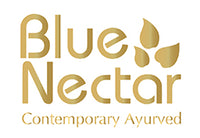


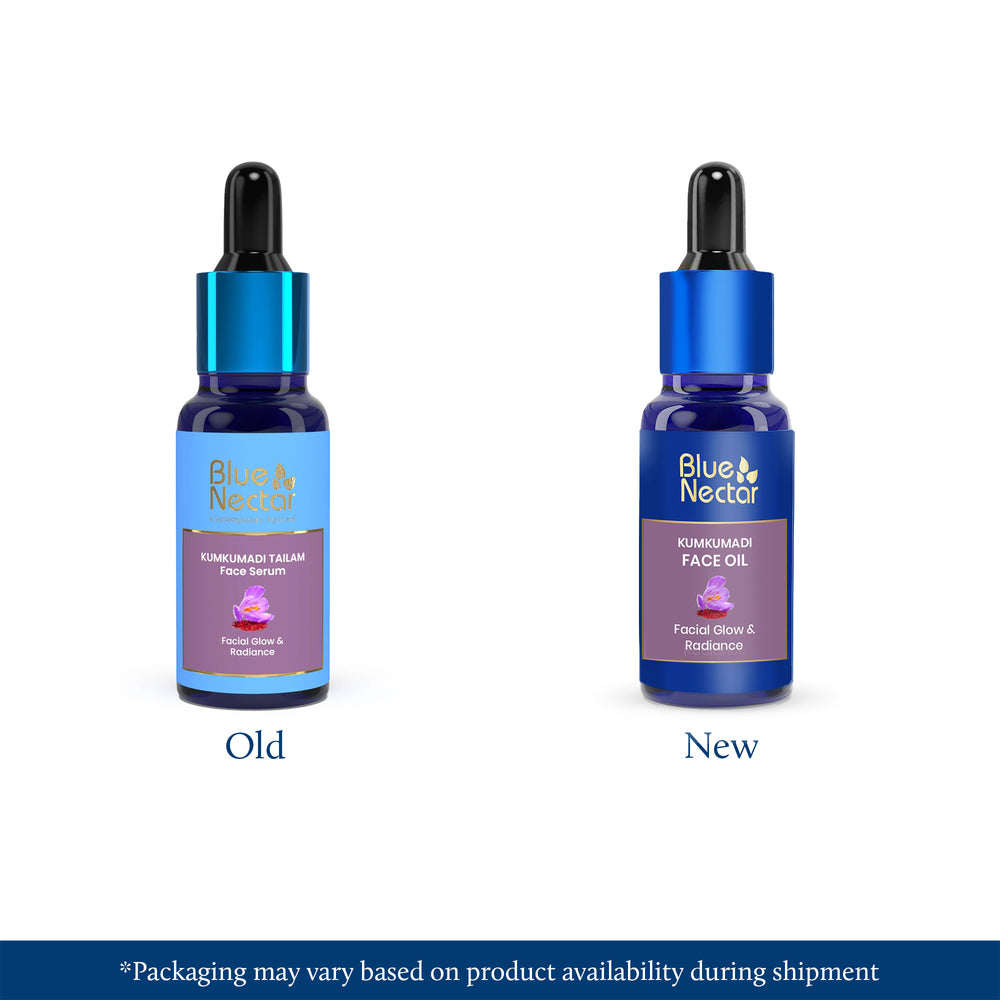
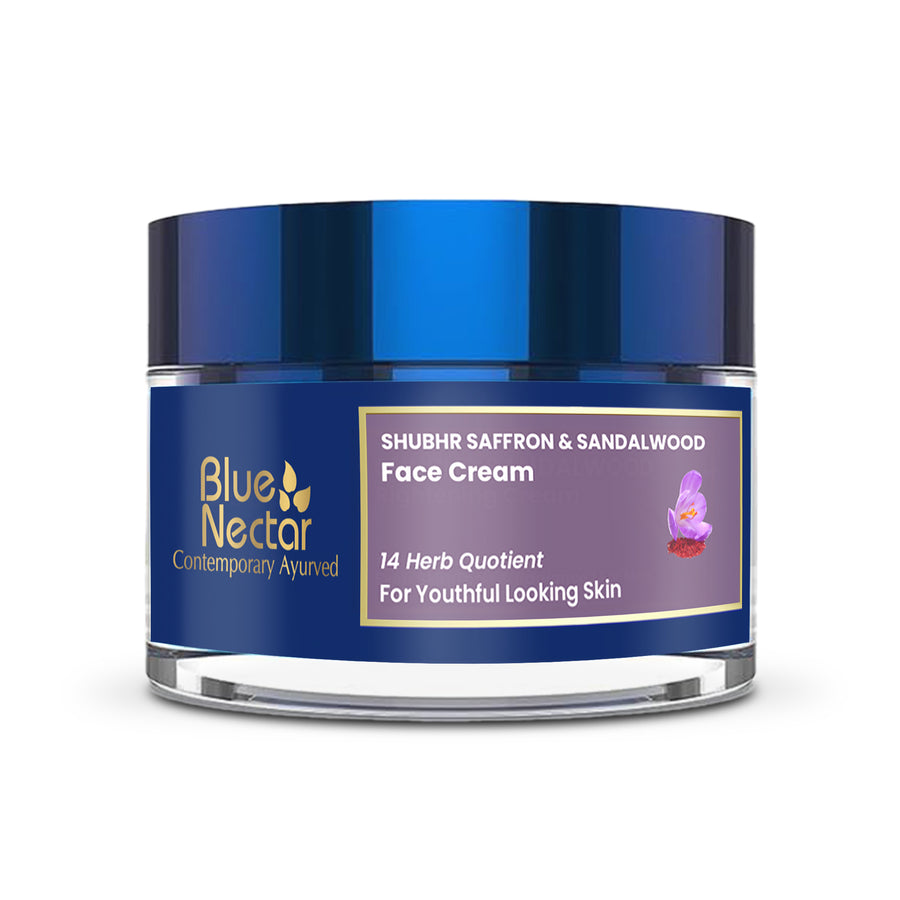

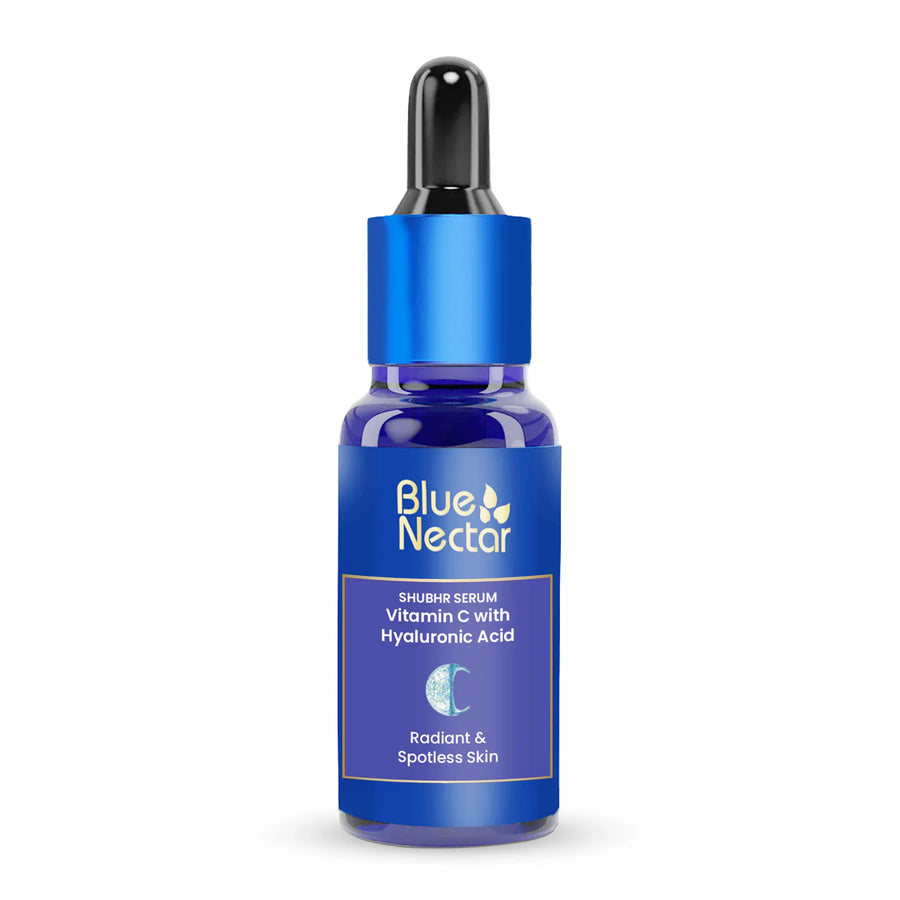


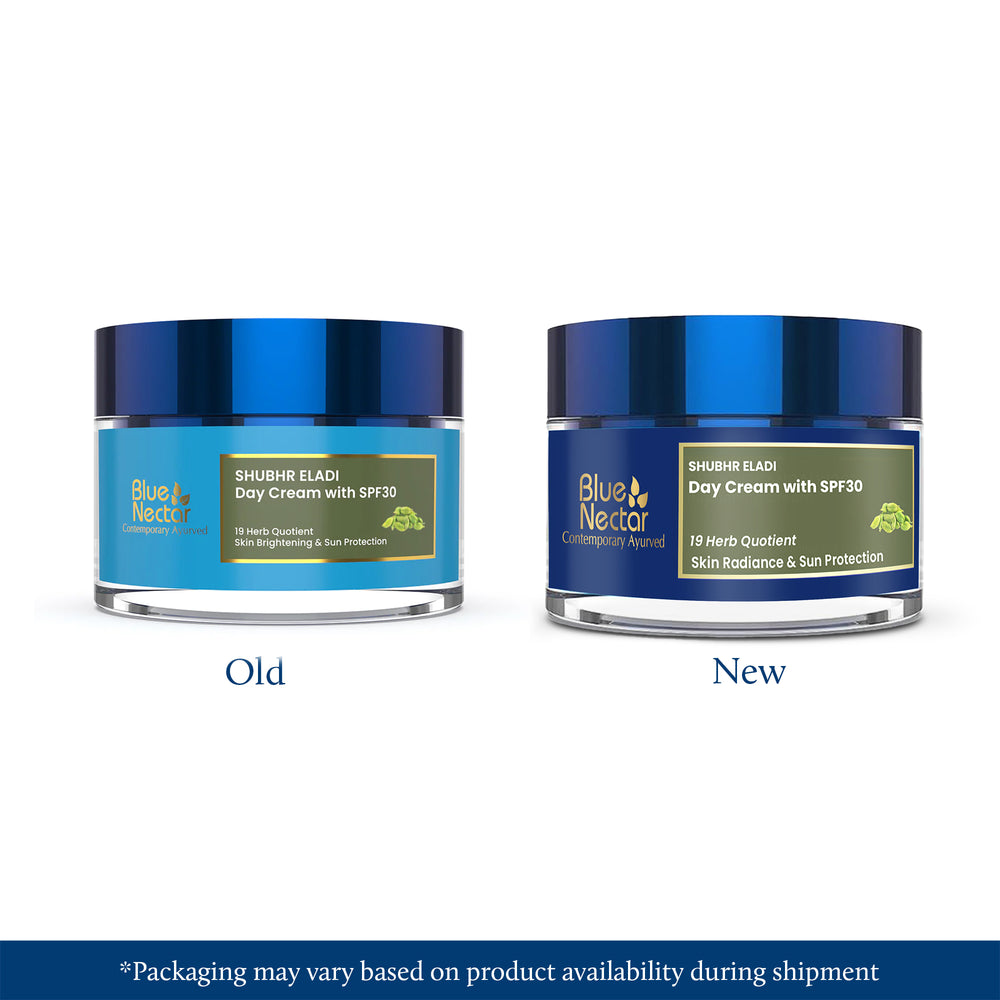
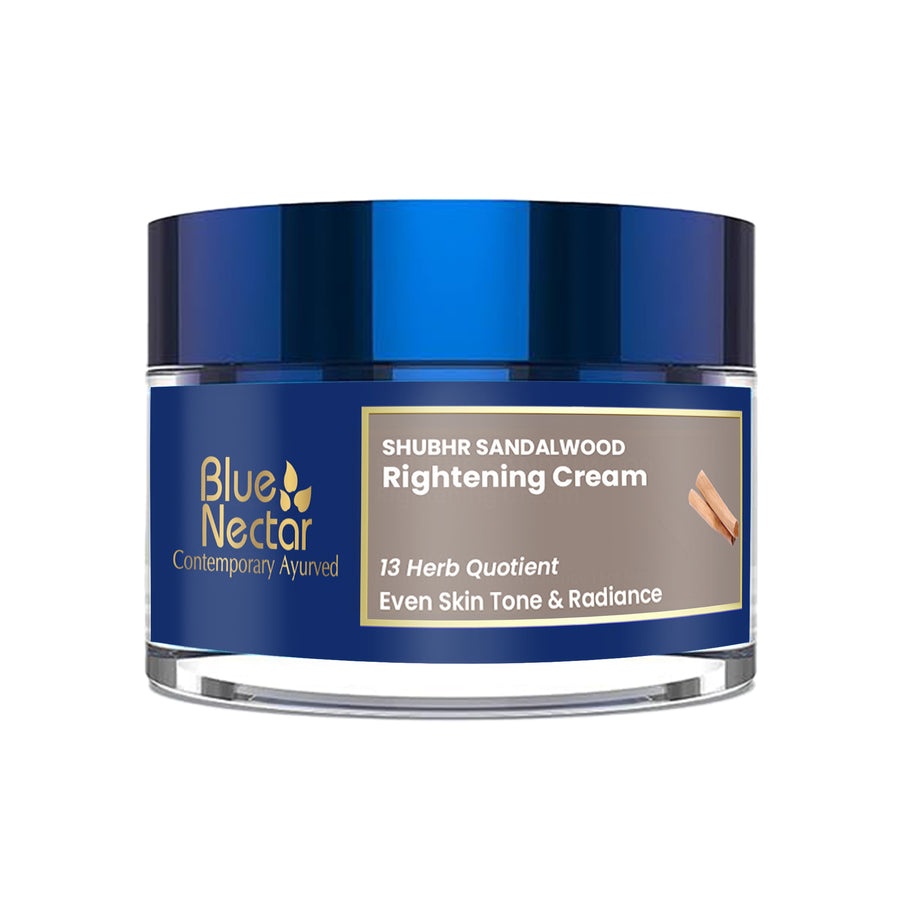
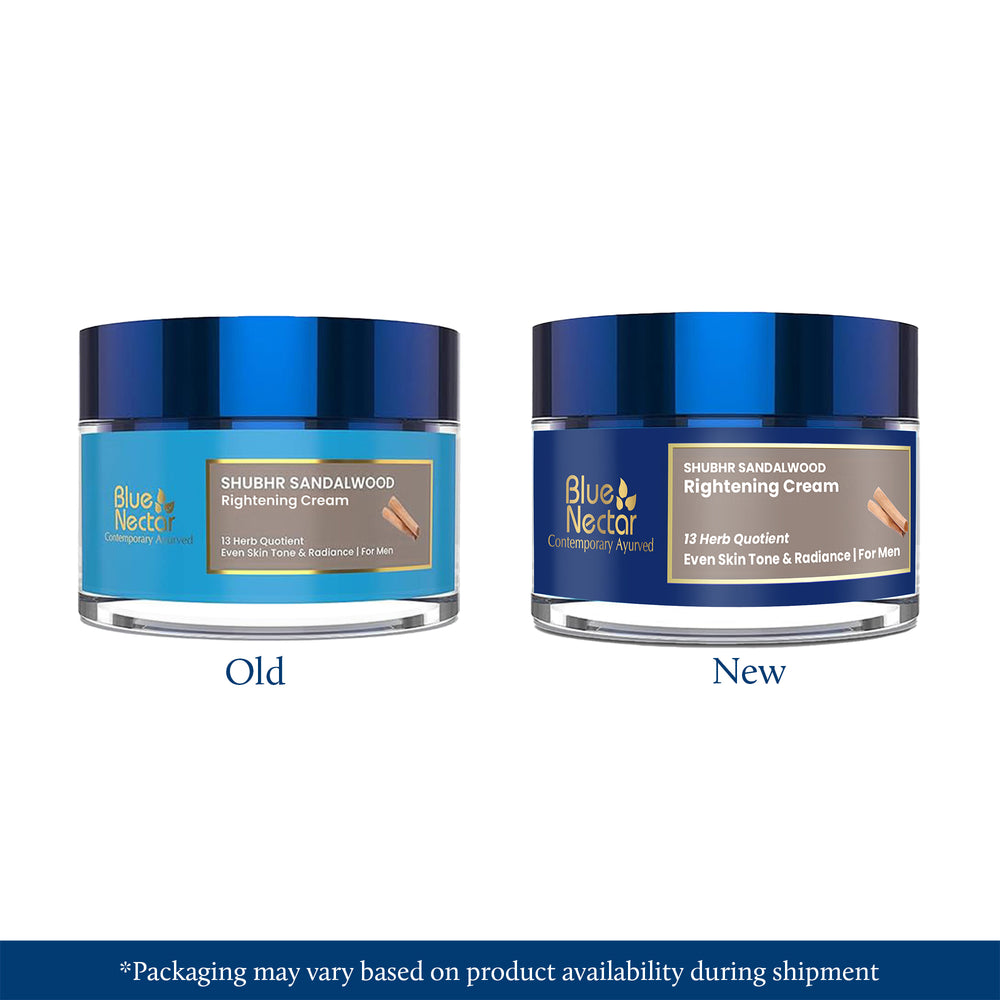




Leave a comment